Synthesis of WO3/CeO2 Nanorod Catalyst via Ammonium Paratungstate
- Details
- Category: Tungsten Information
- Published on Friday, 29 January 2021 05:36
- Written by yuntao
- Hits: 1462
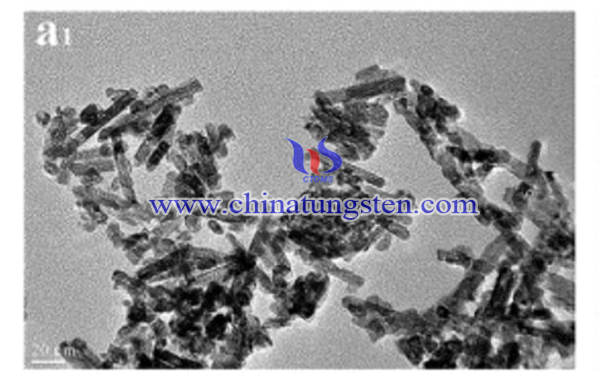
Nitrogen oxides (NOx), produced by burning of the biofossil fuels, have been recognized as an air pollutant that can cause a series of NH3-SCR has been demonstrated to be one of the state-of-the-art technologies.
Nanosized Copper Tungsten Alloy from Ammonium Paratungstate
- Details
- Category: Tungsten Information
- Published on Friday, 29 January 2021 05:27
- Written by yuntao
- Hits: 1481
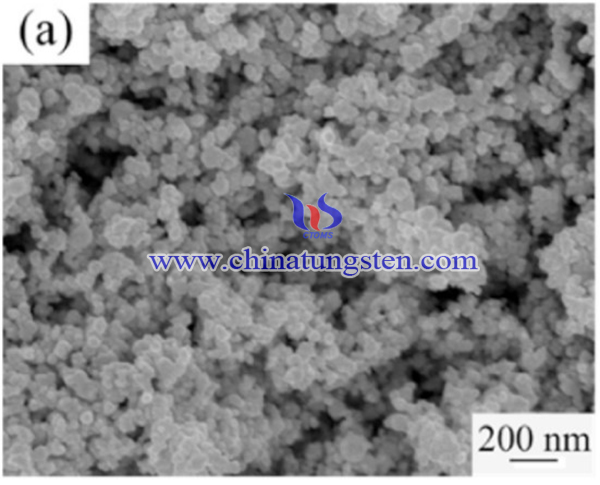
Copper tungsten alloy (W-Cu) is the pseudo-alloy of tungsten and copper, which exhibits some excellent properties such as a high melt point of 3042℃. Owing to its good thermal and electrical conductivity, low thermal expansion, being non-magnetic, good performance under high temperature and vacuum. It has been widely applied in industry such as electrodes for resistance welding, arc contacts and vacuum contacts in high/medium voltage breakers or vacuum interrupters, electrodes in electric spark erosion cutting machines, heat sinks and heat spreaders for passive cooling of electronic devices, electronic packaging materials, and radio base station components
Synthesis of Sm3+: Ligd(WO4)2 Phosphors Using Ammonium Paratungstate
- Details
- Category: Tungsten Information
- Published on Monday, 25 January 2021 19:45
- Written by yuntao
- Hits: 1446
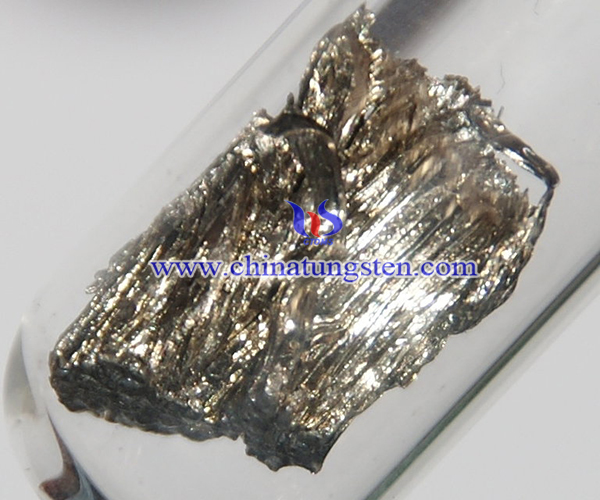
White light LED (WLED) have been widely used in various lighting and display products in the market. Conventionally, WLED functions by applying InGaN blue LED chips with Ce3+:YAG yellow phosphor. However, there is a shortage of color purity owing to the absence of red component in its light emission.
WC–Ni Nanostructured Composite Powders From Ammonium Paratungstate and Nickel Nitrate
- Details
- Category: Tungsten Information
- Published on Monday, 25 January 2021 19:29
- Written by yuntao
- Hits: 1438

low thermal expansion, high hardness, low fracture toughness, excellent chemical stability and high melting point of the tungsten carbide-WC ceramic phase, along with excellent toughness properties in the ductile phase of the binding metal (Co, Ni, Ti or Fe), making it indispensable in applications in cutting tool industries and in drilling, drawing, extrusion, machining and forging processes.
CuO/CuWo4 Heterostructure Obtained via Sol-Gel Method from Ammonium Paratungstate
- Details
- Category: Tungsten Information
- Published on Monday, 25 January 2021 19:18
- Written by yuntao
- Hits: 1614

Several studies reported that modifying CuO with CuWO4 can increase its photoactivity. Sodium tungstate dihydrate (Na2WO4·2H2O) is the most commonly-used metal salt precursor for tungsten, whereas compounds such as ammonium paratungstate (APT) have rarely been explored.
Cs0.3WO3 Nanofibers by Hydrothermal Method from Ammonium Paratungstate
- Details
- Category: Tungsten Information
- Published on Monday, 25 January 2021 03:02
- Written by yuntao
- Hits: 1960
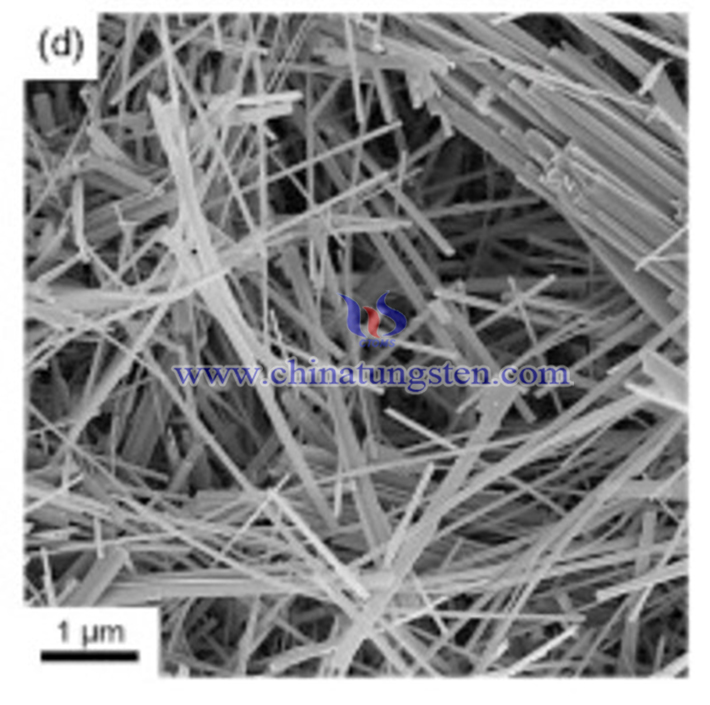
Nano-tungsten bronze compounds with general formula of MxWO3 (M = Na+, K+, Cs+, etc., 0 < x < 1) have received widespread attention due to their high transmittance in visible region and excellent shielding performance in near infrared (NIR) region.
Tungsten Composite Material with High Shock Thermal Resistance from Ammonium Paratungstate
- Details
- Category: Tungsten Information
- Published on Monday, 25 January 2021 02:36
- Written by yuntao
- Hits: 1486
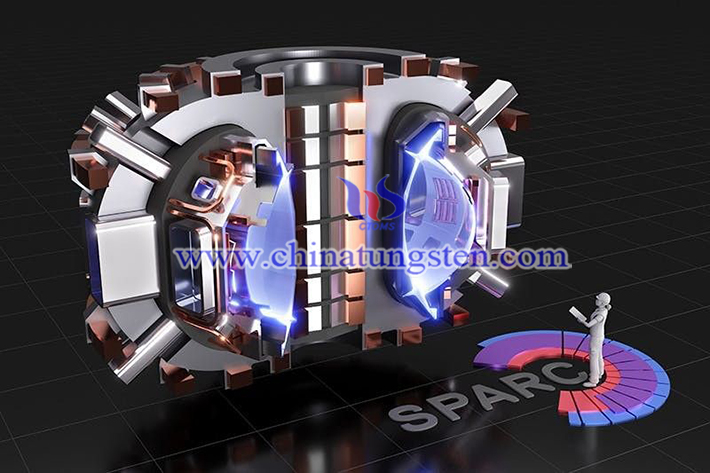
In nuclear fusion reactors, plasma facing materials (PFMs) are inevitably impacted by a series of particle flows and accompanying energy flows. Due to the favorable physical properties under particle flows and heat load, tungsten and tungsten-based materials are considered the most promising PFMs. Under the condition of fusion service environment, tungsten and its composites suffer low energy (tens of eV to several KeV) and high flux (up to 1022–1024m−2s−1) hydrogen-helium plasma-irradiation damage, resulting in performance degradation and shortened service time seriously affecting the safety and reliability of fusion devices
Ammonium Paratungstate Applied in a New Composite Material for Hydrogen Production
- Details
- Category: Tungsten Information
- Published on Monday, 25 January 2021 02:23
- Written by yuntao
- Hits: 1440

Hydrogen fuel cells produce electricity by combining hydrogen and oxygen atoms. The hydrogen reacts with oxygen across an electrochemical cell like that of a battery to produce electricity, water, and small amounts of heat. Fuel cells and hydrogen are the two clean energies considered to be possible substitutes of fossil fuel. Fuel cells are a promising technology for use as a source of heat and electricity for buildings, and as an electrical power source for electric motors propelling vehicles. Fuel cells operate best on pure hydrogen. But fuels like natural gas, methanol, or even gasoline can be reformed to produce the hydrogen required for fuel cells. Some fuel cells even can be fuelled directly with methanol, without using a reformer.
Nanoscale Catalyst for Mercury Removal Produced from Ammonium Paratungstate
- Details
- Category: Tungsten Information
- Published on Monday, 25 January 2021 02:10
- Written by yuntao
- Hits: 1937
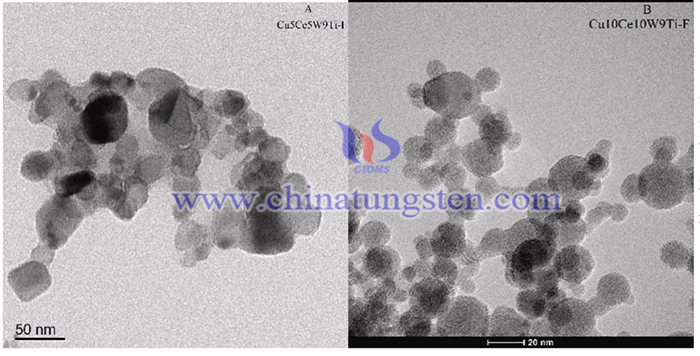
Mercury pollution, serving as a toxic heavy metal, removal of mercury has always been an important environmental issue. As the largest mercury emissions country, Chinese mercury emissions derived from coal-fired industry increased from 45.1 t in 1978 to 175.7 t in 2014. It was estimated that atmospheric mercury emissions derived from coal incineration were 202.3 tons in 2018.
BWO-OV/OCN Heterojunction Photocatalytic Material From Ammonium Paratungstate
- Details
- Category: Tungsten Information
- Published on Thursday, 21 January 2021 01:01
- Written by yuntao
- Hits: 1487
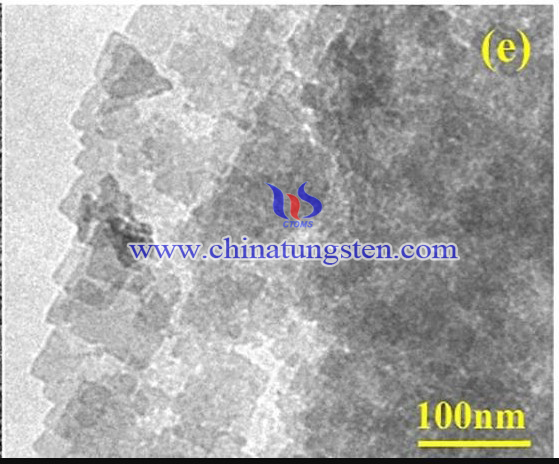
Recently, bismuth tungstate (BWO) with typical perovskite layered structure has been developed for photocatalytic application under visible light irradiation. Oxygen-enriched graphitic carbon nitride (OCN) OCN can generate H2O2 more easily owing to the oxygen-enriched structure and the black body nature enhance the light absorption capability. Thus, it is a potential material to be adopted to enhance the photocatalytic activity of BWO.




 sales@chinatungsten.com
sales@chinatungsten.com